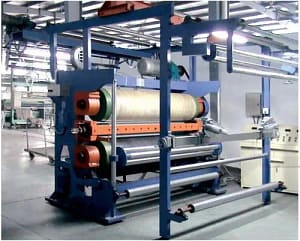
The rotary heat exchanger, with its advanced technical principles and carefully designed solutions, has brought a new and efficient, energy-saving, and high-quality drying experience to the field of food drying, and is becoming the best choice for many food production enterprises to enhance their competitiveness.
Selection design: Based on the specific needs of food drying, such as the type of food to be dried, production scale, drying process requirements, etc., accurately select the appropriate specifications of rotary heat exchangers. For example, for large-scale bread drying production lines, it is necessary to use large rotary heat exchangers with high processing air volume and high heat exchange efficiency; For small nut drying enterprises, small and compact heat exchangers are more suitable.
System integration: Cleverly integrate the rotary heat exchanger into the food drying system. Reasonably arrange heat exchangers between the exhaust gas discharge outlet and the fresh air inlet of the drying equipment to ensure that the exhaust gas can flow smoothly through the hot side of the impeller and the fresh air flows through the cold side. At the same time, through an intelligent control system, the speed of the rotary wheel and the flow rates of hot and cold fluids are accurately adjusted to meet the needs of different drying stages, ensuring the stability and efficiency of the drying process.
Energy saving and efficiency improvement: By recovering the heat from exhaust gas, the energy consumption during the drying process can be significantly reduced, reducing the use of fuel or electricity, lowering production costs, while improving drying efficiency and increasing output.
Improving quality: Stable drying temperature and humidity control helps ensure even drying of food, avoiding excessive or insufficient drying, enhancing the quality and taste of food, and reducing the rate of defective products.
Environmental sustainability: While reducing energy consumption, it also reduces the impact of exhaust emissions on the environment, which is in line with the production concept of green environmental protection.




